Sleeve Labeling Machine: The Complete Buying Guide In 2025
Whether you’re packaging products for your own business or for a client, one essential tool every production line needs is a sleeve labeling machine. This device has taken over from traditional labeling methods in recent years, due to its ability to quickly and accurately apply multiple labels on all kinds of products.

In this blog post, we will discuss what a sleeve labeling machine is, why it’s important and how it can help your business improve the speed and accuracy of labeling your products. Also, we will uncover all the advantages that a quality sleeve labeling machine can provide to make sure that your products are labeled consistently as well as some key considerations when choosing a sleeve labeling machine. Keep reading to learn more!
1.What Is A Sleeve Labeling Machine?
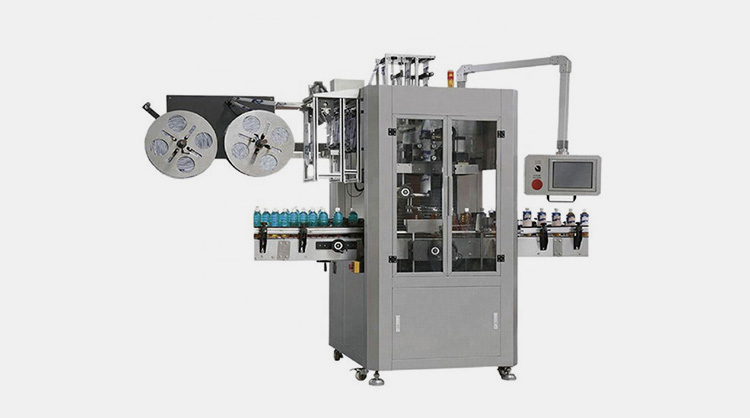
A sleeve labeling machine is a specialized piece of equipment used to apply sleeve labels onto containers. The sleeve label is printed on heat shrinkable film, which shrinks and conforms around the container once it is heated up.
Sleeve labeling machines can be used for a wide range of applications, from food and beverage to pharmaceutical industries as well as cosmetic industries among others.
In addition, sleeve labeling machines are capable of handling different types of containers including plastic and glass containers. With these machines, companies can provide their products with an aesthetically appealing branding that will stand out on the shelf.
2.What Are The Components Of A Sleeve Labeling Machine?
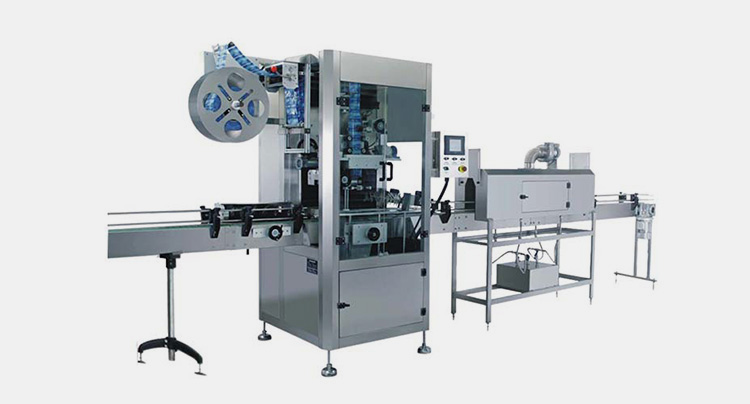
A sleeve labeling machine is composed of several key components that work together to accurately apply labels to cylindrical containers. The main components include:
Product Transmission Belt With Guide Adjustment System
This system acts as the conveyor belt which transfers your product from one sleeve labeling machine component to another. It also has a guide adjustment system that helps you adjust the sleeve label positioning accurately on your product.
In Feed Screw
The in-feed screw is responsible for taking in the sleeve labels into the sleeve labeling machine and delivering them to their intended destination.
Sleeve Former(Mandrel)
This part of this machine is responsible for creating the sleeve that will be applied to the product. It includes a sleeve former mandrel, which uses heat and tension to form secure, consistent sleeves from sleeve material.
Rotary Cutter
This component is responsible for cutting sleeve material into consistent sleeve sizes. It includes a cutting blade, which is adjustable to cut sleeve material into any desired size.
Safety Acrylic Cover
This safety cover is designed to protect operators from any hazards caused by the sleeve labeling machine’s moving parts. It is made of acrylic and placed over the sleeve former mandrel and rotary cutter.
Shrink Tunnel With Cooling Fan
The part also is responsible for shrinking and sealing the sleeve material to the product. It includes a cooling fan, which helps ensure that the sleeve shrinks evenly around the product.
Motors
Motors are responsible for powering this machine’s components and ensure that they operate smoothly. They provide the necessary power to move product along the sleeve labeling machine’s track, as well as form sleeve material, cut sleeve material, and shrink sleeve material around products.
Sensors
These parts are used to detect any issues that may arise with sleeve labeling machines. They can detect misalignment of the sleeve material on the sleeve former mandrel and ensure that the sleeve is properly sealed around the product.
Electrical Panel
This component is responsible for controlling the sleeve labeling machine’s motors and sensors. It contains all of the necessary wiring, fuses, and switches to ensure that this machine runs smoothly and safely.
Ac Drive
The AC drive is responsible for controlling the sleeve labeling machine’s speed. It allows operators to adjust speed based on the size and shape of the product being labeled. This ensures that sleeve application and sealing occur in an efficient manner.
PLC And HML Programming
These parts are responsible for controlling this machine’s components. It allows operators to adjust settings and parameters, such as sleeve size and sleeve material type, to ensure that sleeve application is done correctly.
3.What Are The Advantages Of A Sleeve Labeling Machine?
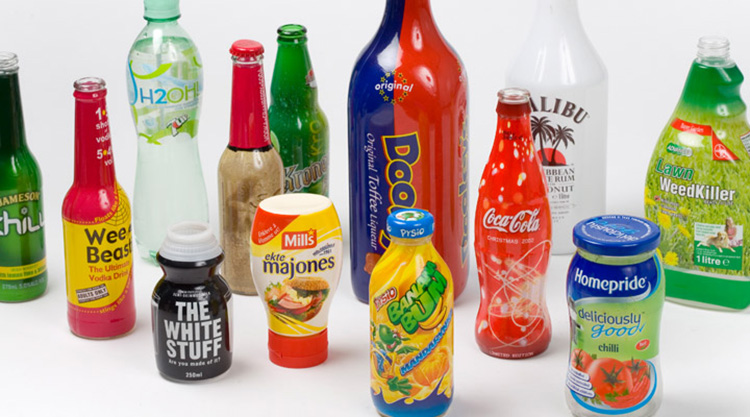
Sleeve labeling machines have a wide variety of advantages that make them an ideal choice for many businesses. Here are some:
Increased Efficiency.
Sleeve labeling machines are designed to work quickly and accurately, enabling companies to label products at a faster rate than manual methods. This can reduce labor costs, as fewer staff members are needed to operate the machine compared to manual labeling.
In terms of versatility, sleeve labeling machines are capable of handling a variety of sleeve shapes, sizes, and materials. This allows businesses to choose sleeve labeling machines that suit their product’s needs precisely, ensuring an ideal label each time.
Also, sleeve labeling machines provide high-quality labels due to their precision and accuracy. This ensures that the labels are applied correctly and that they stay in place.
Normally, sleeve labeling machines are built to last, making them a reliable and long-term investment for businesses. Additionally, these devices can withstand heavy use and require minimal maintenance, ensuring optimal performance over an extended period of time.
4.What Are The Applications Of A Sleeve Labeling Machine?
A sleeve labeling machine is a highly effective tool used for labeling in various industries. Here are some of the main applications of sleeve labeling machines:
Pharmaceuticals

Sleeve labeling machines are often used to label pharmaceutical bottles, vials, ampules, and other containers with information such as dosage instructions, ingredients, expiration dates, and lot numbers.
Beverages

Also, this essential equipment is widely used in the beverage industry to label cans, bottles, jars, and other containers with product information such as flavors and nutritional facts.
Personal Care Products

Additionally, these essential machines can be used to label bottles, jars, and other containers with product information such as ingredients and expiration dates.
Food Products
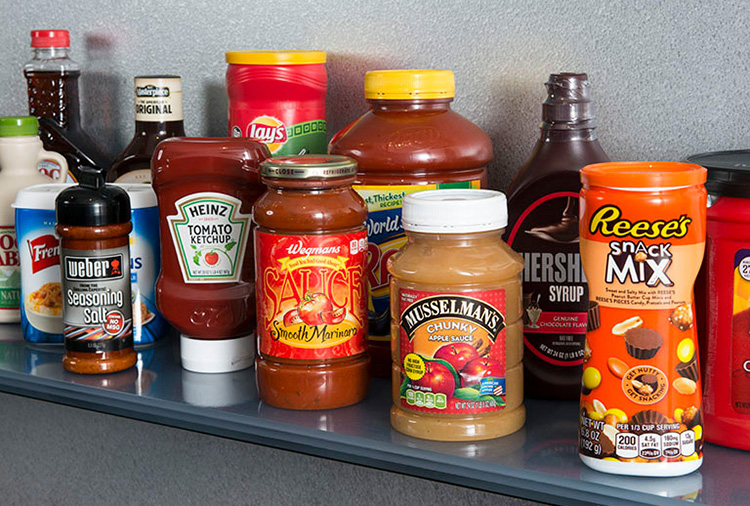
In the food industry, sleeve labeling machines can be used widely to label food products such as cans, boxes, and frozen goods with product information such as nutritional facts and cooking instructions.
Household Goods
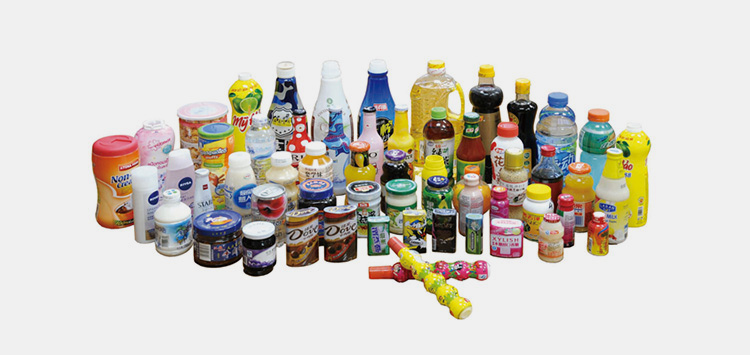
These machines are also used to label containers for household goods such as detergents, cleaners, and other products with product information.
Electronics
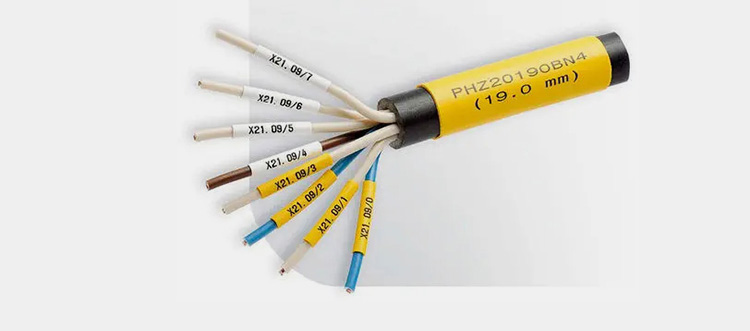
In the electronic industry they can be used to label various electronics components and parts with product information.
Medical

Its specialization is also used in the medical industry to label medical tools and equipment.
Cosmetic Industry

In the cosmetic industry, sleeve labeling machines can be used to label cosmetic containers with product information such as ingredients and expiration dates.
5.What Are The Working Principles Of A Sleeve Labeling Machine?
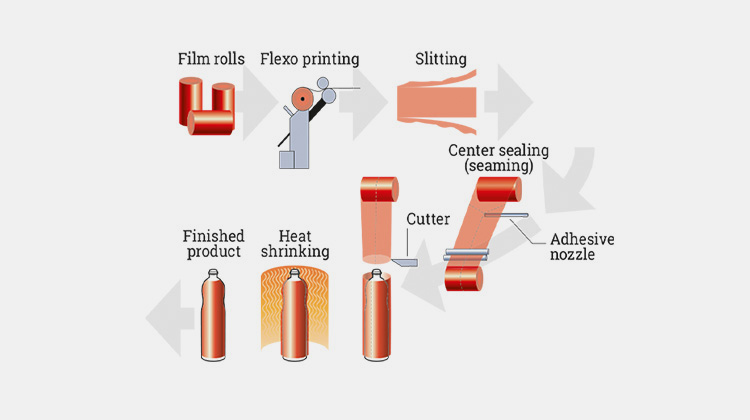
Sleeve labeling machines use several mechanisms to apply labels. To begin with, this device starts by taking a sleeve, which is typically made from paper or plastic film, and placing it over the container. Then, a sleeve applicator takes the sleeve and places it around the container. The sleeve is then held in position by a device called an infeed belt which keeps the sleeve in place while the other mechanisms work.
Next, a mechanism known as an indexing wheel or star wheel causes the container to rotate so that it is properly aligned with the sleeve. This is followed by a process known as sleeve shrinking, which involves using steam or hot air to shrink the sleeve onto the container.
Finally, an adhesive is applied to one side of the sleeve and then it is wrapped tightly around the container with a tension device. This ensures that the label adheres correctly and securely to the product.
Once the sleeve is on, a labeling head prints any information onto the sleeve and then the container passes through a cutting unit which cuts off the excess sleeve material. The sleeve label is now complete, and can be removed from the sleeve labeling machine to continue down the line in its packaging process.
6.What Are The Different Types Of Sleeve Labeling Machines?
Sleeve labeling machines can be classified into several types including:
Manual Sleeve Labeling Machines.
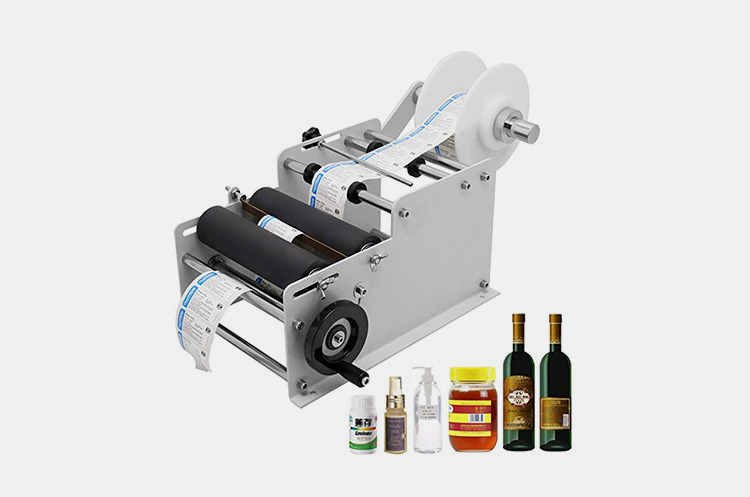
Manual sleeve labeling machines work best for short production runs where low label accuracy is acceptable. They require an operator to manually feed the sleeve around the container, and a separate operator to apply labels. This type of sleeve labeling machine can be used with pre-glued sleeves or cold glue sleeve applicators.
Semi-Automatic Sleeve Labeling Machines
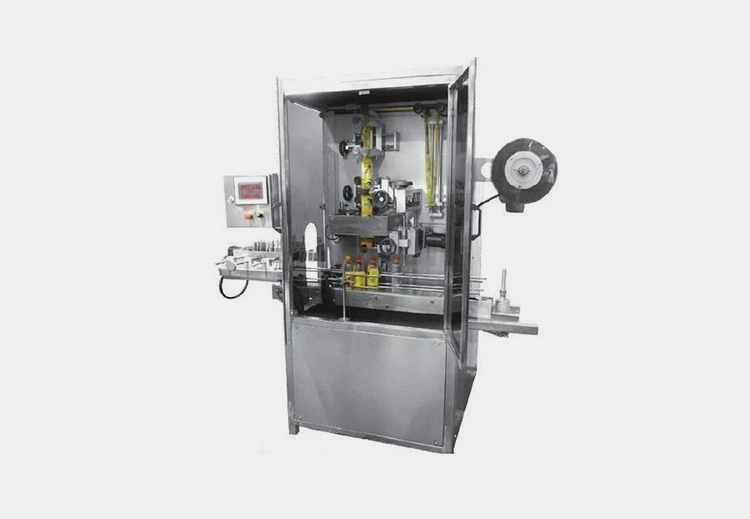
These labeling machines require less operator intervention than manual sleeve labeling machines. They are best suited for medium sized production runs where label accuracy is important. The sleeve is automatically fed onto the container and a separate applicator applies the label. This type of sleeve labeling machine can also be used with pre-glued sleeves or cold glue sleeve applicators.
Fully Automated Sleeve Labeling Machines
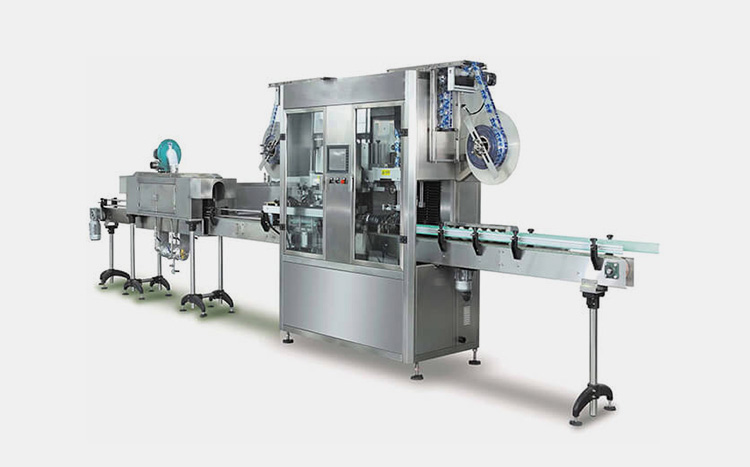
The fully automated sleeve machines are considerably more complex machines, typically used in larger production runs where systems feature advanced programmable controls, allowing labels to be applied quickly and accurately to a variety of container shapes. Additionally, they can be integrated with other packaging systems such as conveyors as well as feeding and loading systems.
7.What Is The Difference Between A Traditional Labeling Machine And A Sleeve Labeling Machine?
Traditional labeling machine
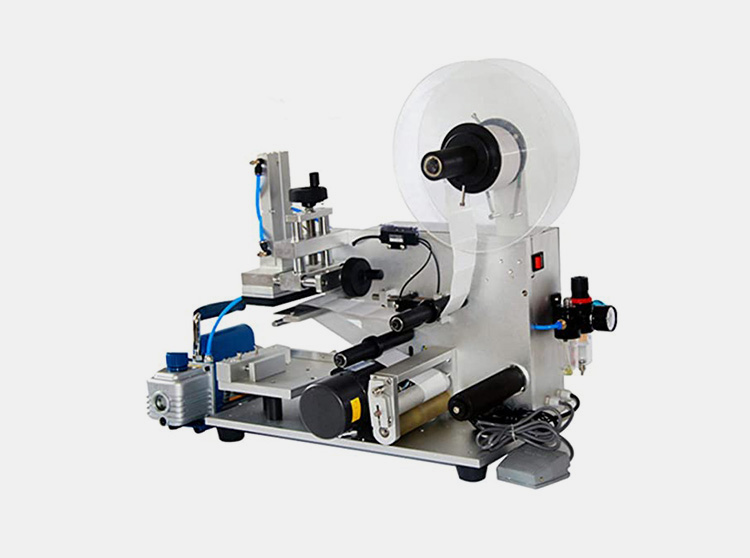
This device is designed to accurately apply labels to containers of all shapes and sizes. It works by using an input conveyor belt or other moving mechanism to transport the container past a rotating roll or cylinder which holds the label in place. As the container passes, an adhesive roller evenly applies pressure from above, ensuring that the label is applied correctly.
It also features several other components, including a product sensor that tracks the container as it moves past the label and an ejection system to release any incorrectly labeled containers. This device also features several safety mechanisms, such as emergency stops and guards on moving parts, to ensure that operators remain safe while using the machine and finally, they are typically operated by a programmable logic controller (PLC) for simple and accurate operation.
Traditional labeling machines are used in a variety of industries, ranging from food and beverage to pharmaceuticals. They are typically employed for label application on cylindrical containers, such as cans or bottles.
In the food and beverage industry, sleeve labeling machines can be used to apply labels to canned goods, glass jars, beer bottles, wine bottles, and many other types of containers.
In the pharmaceutical industry, they can be used to accurately apply labels onto vials and syringes. With traditional labeling machines, labels can be applied with accuracy and speed that would not be achievable with manual labor.
Additionally, traditional labeling machines are capable of producing consistent results at every production run, which helps ensure that the branding of products remains consistent.
Sleeve Labeling Machine
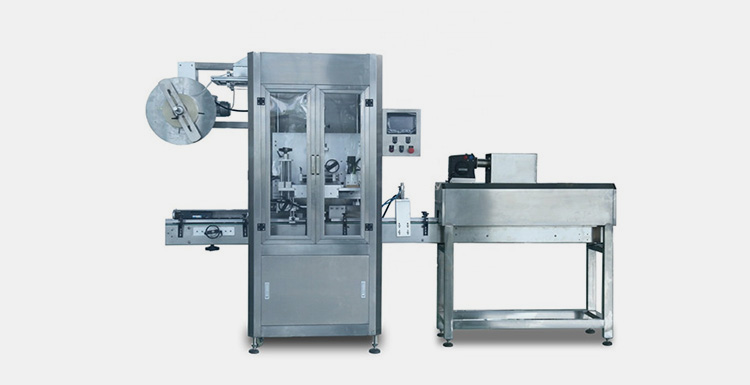
Working principles of a sleeve labeling machine.
A sleeve labeling machine is an automated equipment used to apply labels to cylindrical containers. Labels are typically wrapped around the sleeve of the container and then sealed with heat or glue. The sleeve labeling machine is made up of several components, which work together to ensure the accurate application of labels.
The machine begins by feeding labels into the sleeve machine. Labels are typically fed from a roll, and are then automatically cut to the required shape and size. It then positions the sleeve vertically so that it can be easily wrapped around the container. At this point, a hot knife is used to heat seal the sleeve onto the container, providing an airtight seal.
The machine then moves the sleeve around the container, ensuring that it is properly secured and evenly wrapped. Once this step is complete, a label printer can be used to print additional information onto the label sleeve.
Finally, a dispenser is used to apply any adhesive required for sealing the sleeve label onto the container. This final step is usually done with a roller or spray applicator. These devices offer several advantages over a traditional labeling machine as they are fast, accurate and efficient, able to label hundreds of containers per hour. Additionally, they require minimal maintenance and are easy to operate and control.
Applications
Sleeve labeling machines are an incredibly versatile tool with a wide range of applications. They can be used in a variety of industries, including food and beverage, pharmaceuticals, chemicals, cosmetics, and other consumer goods.
In the food and beverage industry these machines are used to wrap cans or bottles with sleeve labels that feature branding, nutritional information, and other details.
In the pharmaceutical industry they are also used to provide tamper-evident evidence that a product has not been opened or altered since it left the manufacturer.
In the chemical industry they can as well be used to wrap drums and containers with sleeve labels that include hazard warnings and spillage prevention instructions.
In the cosmetics and consumer goods industry these labelers are used to wrap a variety of products with sleeve labels. These labels provide product information, such as ingredients or product usage instructions, as well as branding and other important details.
8.Which Types Of Packaging Materials Do Sleeve Labeling Machines Use?
Sleeve labeling machines are designed to apply labels on sleeve or shrink-wrapped packages. The most commonly used types of packaging materials for sleeve labeling machines include:
Plastic
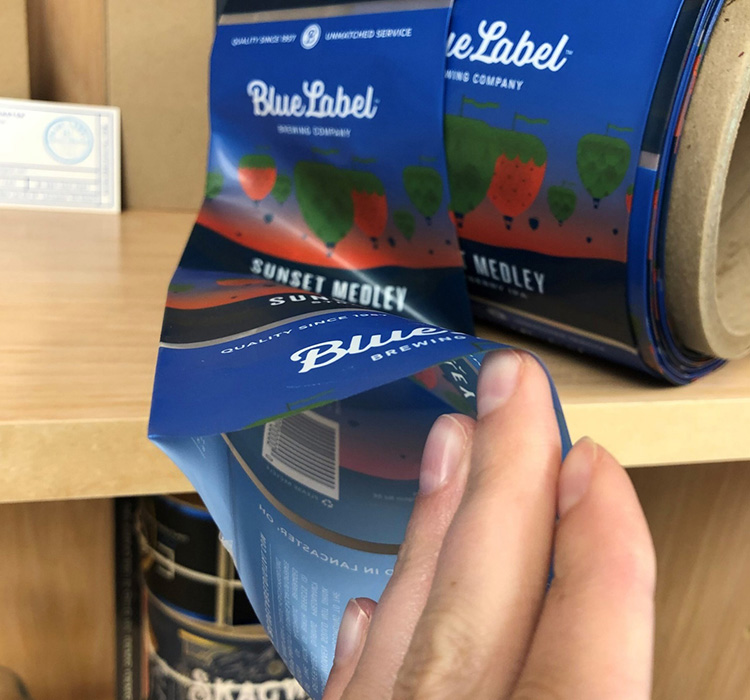
This is often the material of choice because it offers great durability, flexibility and cost-effectiveness. It can be printed easily with a sleeve labeling machine and is strong enough to resist damage during shipping.
Paper
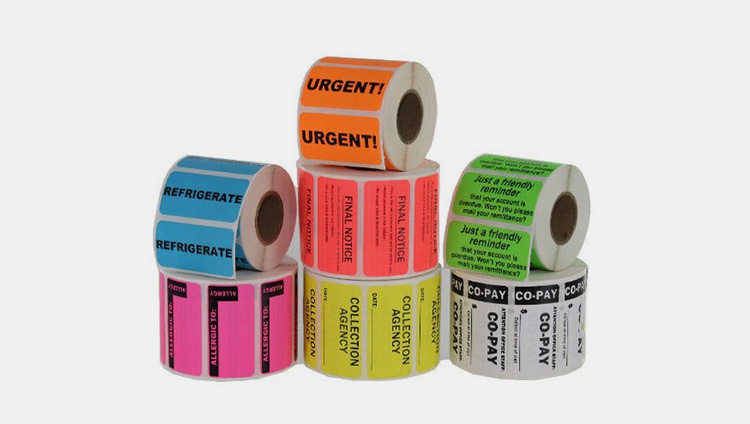
Paper is used for sleeve labeling due to its low cost and ability to be printed upon easily. It provides a great surface for labels and can withstand moderate handling while in transit. Paper sleeve labels are often used when there is a need for short-term branding or when sleeve labeling isn’t a permanent need.
Aluminum film
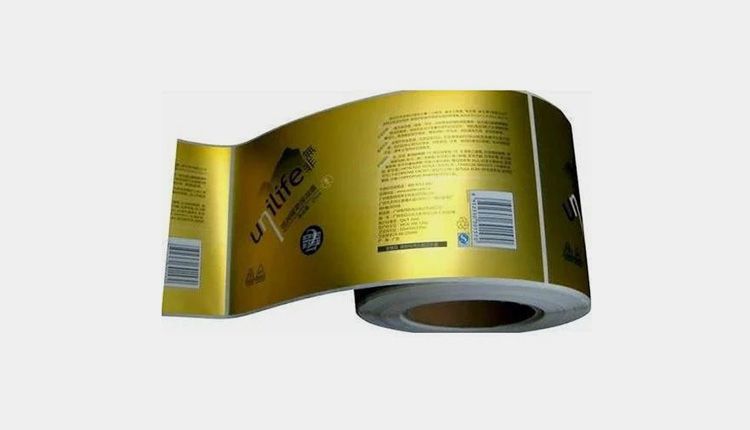
This film can also be used for sleeve labeling. It is a more expensive option, but it offers exceptional durability and resistances to heat and moisture. This makes it ideal for sleeve labels that are meant to last under challenging circumstances such as extreme temperatures and prolonged exposure to the elements.
Generally, sleeve labeling machines can be used with a variety of materials and provide a great solution for labeling packages quickly and efficiently. The type of sleeve label material used should depend on the specific needs of each application. This ensures that the sleeve labels are both cost-effective and durable enough to withstand all types of shipping conditions.
9.What Kind Of Sealing Can Be Made By A Sleeve Labeling Machine?
Partial Sleeve Sealing Type
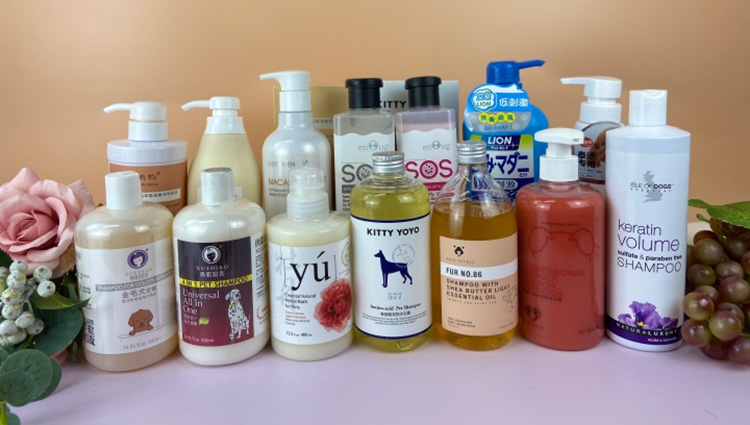
Partial sleeves are also applicable with this machine leaving some portion of the sleeve unattached to allow for easy opening when needed.
Full Sleeve Sealing Type
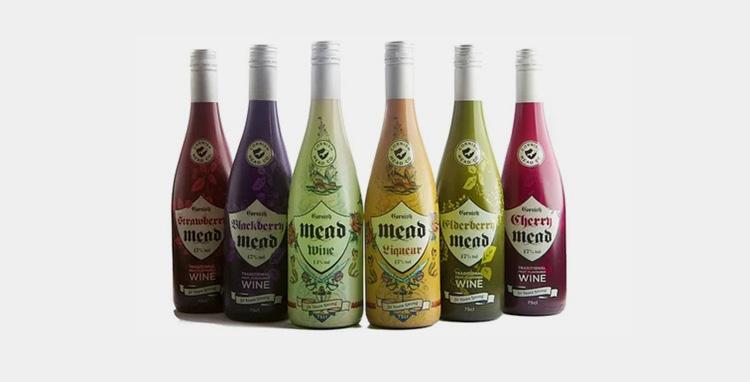
These labels can also be placed onto containers providing a complete sleeve coverage that is secure and tamper-proof.
Cut Sleeve Sealing Type
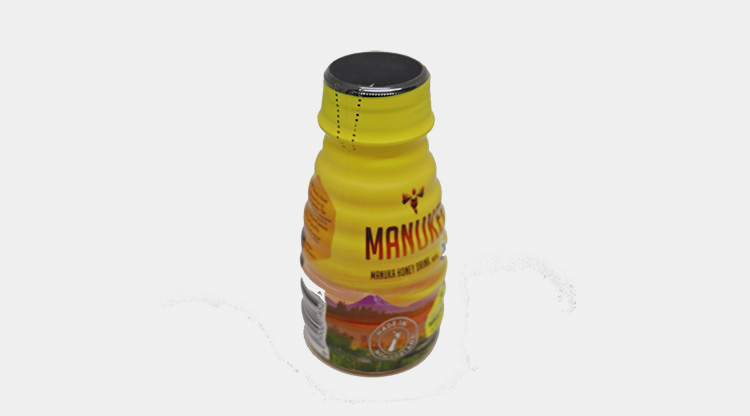
Sleeve labels with pre-cut features are also created for easy opening without tearing the entire sleeve off. This ensures that the product inside remains sealed until opened by the consumer.
Tamper Sleeve Sealing Type
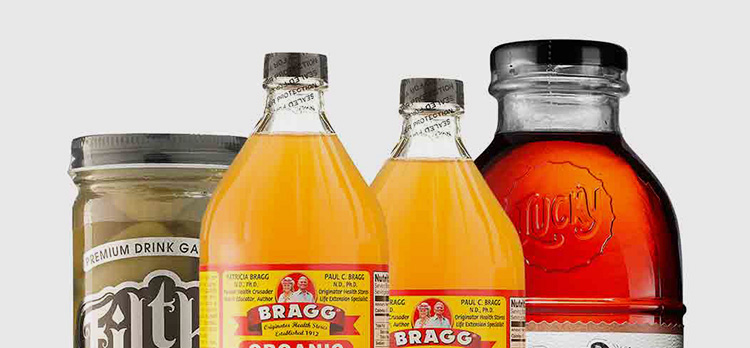
Also, these machines create sleeve labels with special tamper-proof features, such as perforations or security seals, to ensure that the product cannot be opened without evidence of tampering. This helps protect the product and maintain its integrity during shipping and storage.
10.What Types Of Labels Can Be Applied On Products With A Sleeve Labeling Machine?
Shrink sleeve
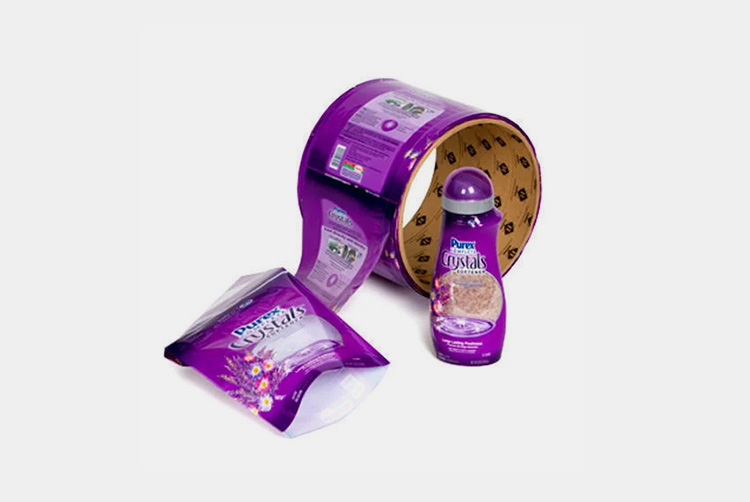
These labels are printed on a shrink film that shrinks when heated and fits tightly around the product. This makes them ideal for sleeve labeling products of different shapes and sizes.
Pressure sensitive sleeve labels
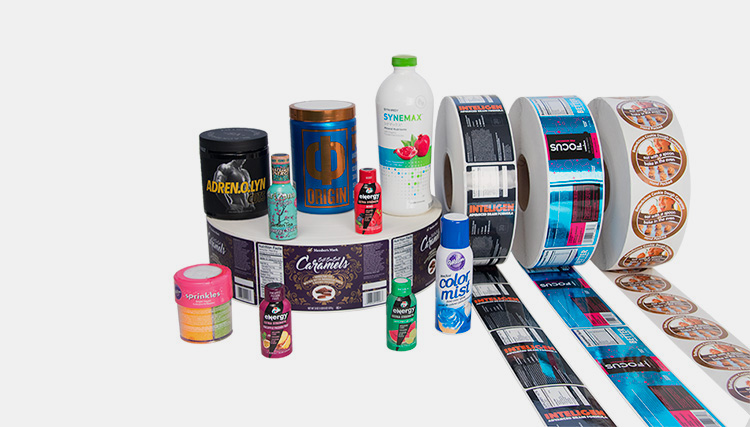
They are pre-die cut adhesive labels applied to flexible containers, usually via guillotine or knife applicators.
Tamper evident sleeve labels
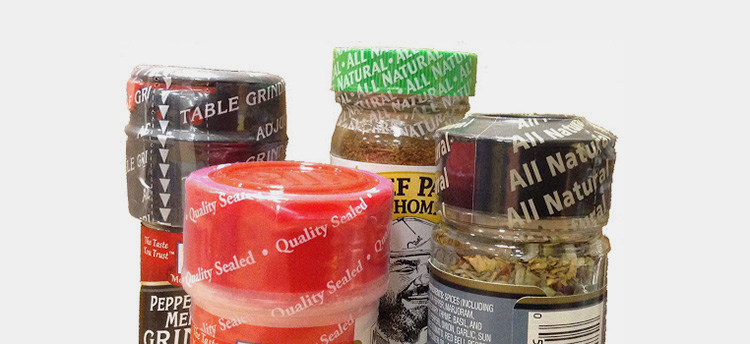
These ones are applied to flexible containers and feature an additional layer which breaks when removed, making them ideal for security applications.
Roll fed sleeve labels
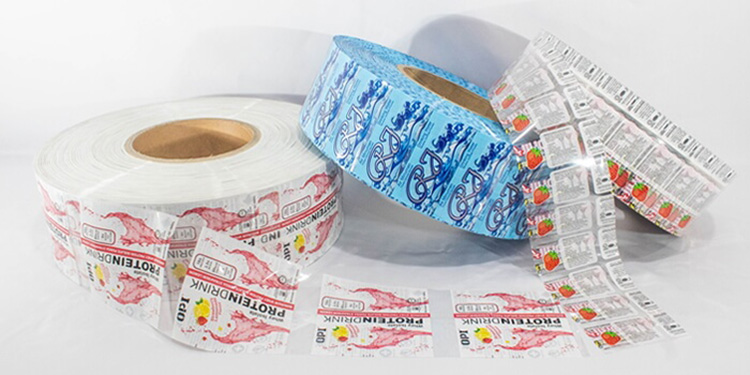
These sleeve labels are printed on roll form labels in order to be fed into sleeve labeling machines, usually with the aid of inkjet or laser coders.
Pre-cut sleeve labels
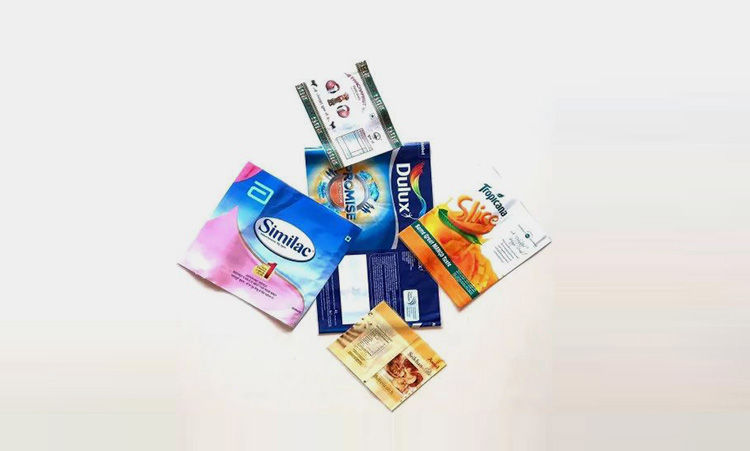
Pre-die cut sleeve labels are also applied with guillotine or knife applicators.
Glue applied sleeve labels
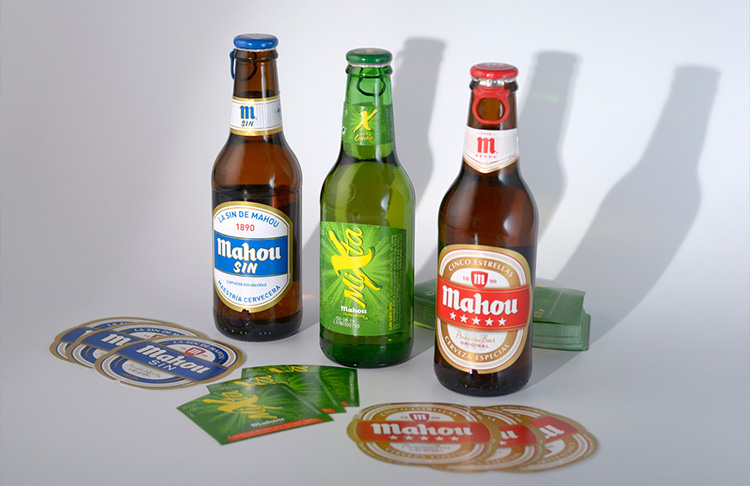
They are adhesive labels that are pre-applied with an acrylic glue and then heat sealed to the product.
Hang tags and handles

Hang tags and handles can also be added during sleeve labeling.
Neck bands, fin seals and top sleeves
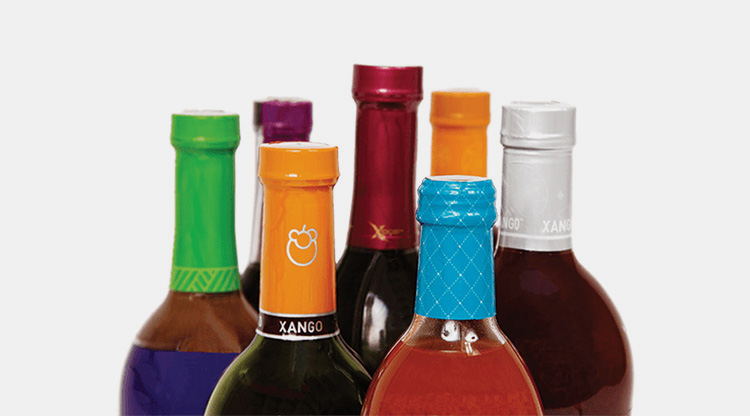
Neck bands, fin seals and top sleeves are sleeve labels used to cover a container’s neck or cap in order to provide an effective tamper proof solution.
11.Why Is It Important To Label Your Products?
Labeling products is important for a variety of reasons. It ensures that your products stand out from the competition, comply with government regulations, are easy to identify and track, and can be efficiently processed. Here are some key benefits of labeling your products:
Brand Recognition
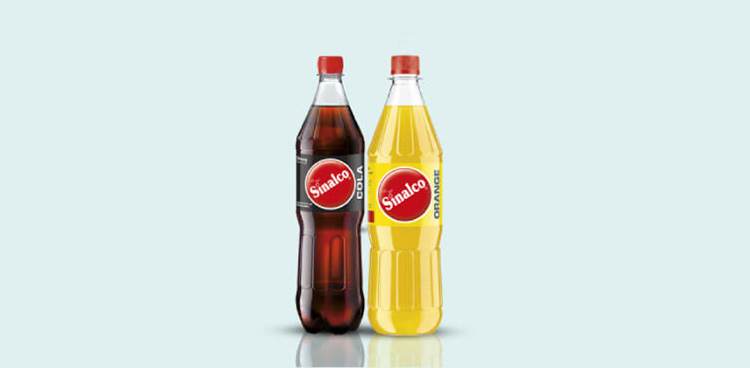
Labeling allows you to create an immediately recognizable brand, giving customers a sense of familiarity and connection with your product.
Regulatory Compliance
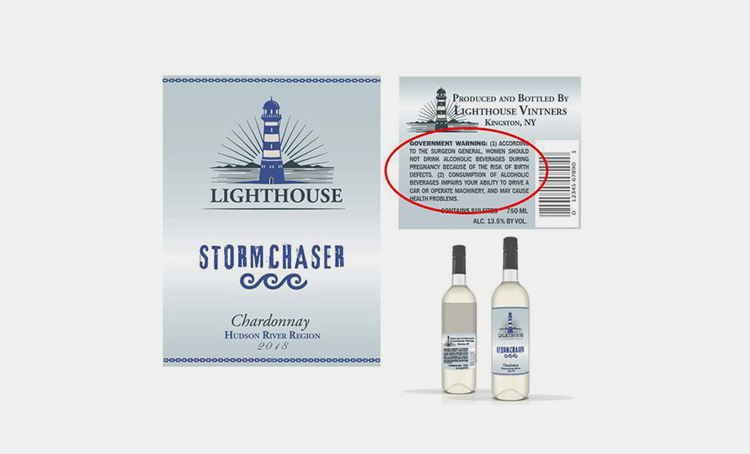
In many cases, labeling is required by law. This means that it’s important to make sure you label your products accurately and clearly in order to comply with all relevant regulations.
Product Identification
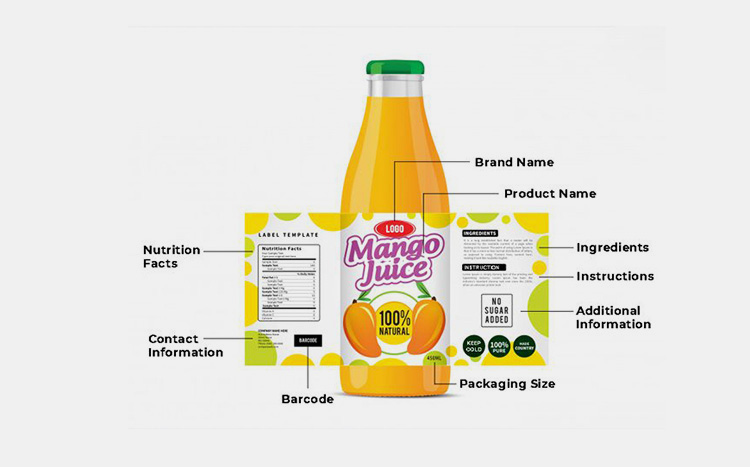
Clear labeling makes it easier for customers to quickly identify and understand your product. It also helps to ensure efficient inventory management and tracking.
Streamlined Processing

Labeling helps streamline the order fulfillment process, allowing products to be easily sorted and identified as they move through the supply chain. Using a sleeve labeling machine can help speed up this process even further.
Supplementary information Labeling
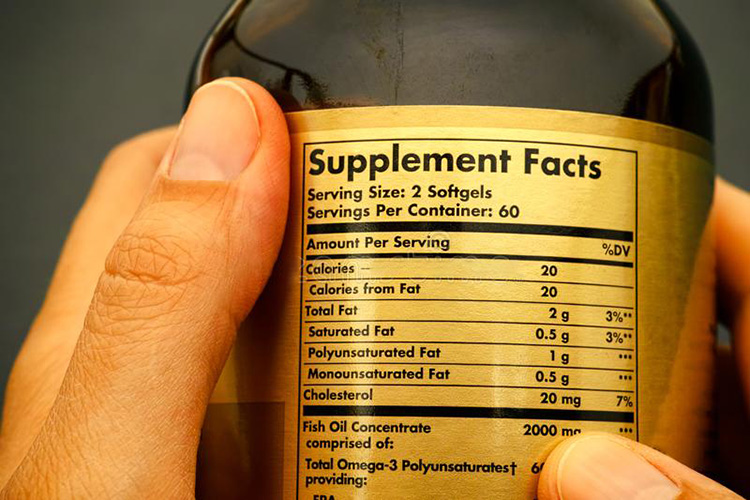
Additional information about your product can also be provided, such as ingredients or special instructions for use. This helps to ensure that customers are fully informed and knowledgeable when making their purchase decision.
By taking the time to properly label your products, you will be able to reap these many benefits and ensure that your business runs smoothly.
12.What Shapes And Sizes Are Compatible With Sleeve Labeling Machines?
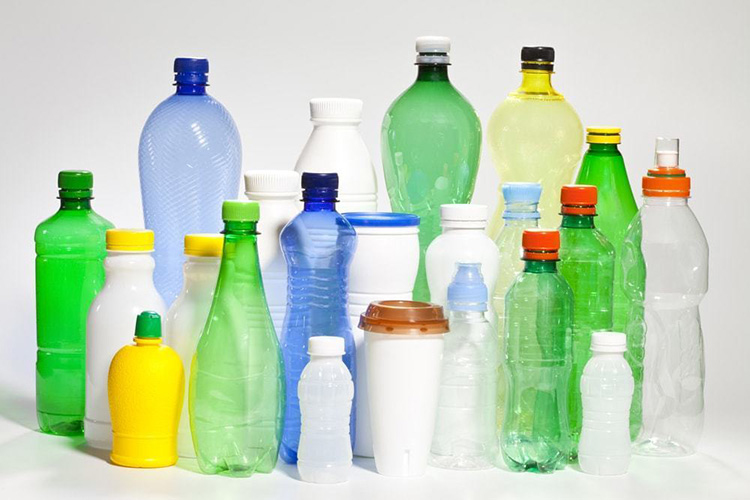
Sleeve labeling machines are versatile, able to handle a variety of shapes and sizes. The sleeve labels themselves come in a range of diameters (typically between 4-7 inches) and sleeve heights (ranging from 1/2 inch to 18+ inches).
Furthermore, they can accommodate cylindrical bottles and containers of almost any size. This includes large containers such as jerricans and drums, as well as small ones such as vials and ampoules.
Additionally, they can apply sleeve labels to a wide variety of bottles and containers with different shapes, including oval-shaped, oblong-shaped, square-shaped and more. Overall, sleeve labeling machines are capable of labeling containers with sleeve labels of various sizes and shapes.
To ensure sleeve labeling machines can apply sleeve labels to a wide range of products, most sleeve labeling machines are designed with adjustable arms that can accommodate different sleeve heights and diameters. This means the sleeve labeler can be quickly adjusted for maximum efficiency and compatibility with a variety of sleeve sizes and shapes.
13.What Maintenance Requirements Are There For Sleeve Labeling Machines?

In order to ensure sleeve labeling machines run smoothly and efficiently, regular maintenance is required. Some of the most important maintenance requirements include:
Inspecting is important for ensuring that sleeve labels are correctly applied.
Calibrating sensors and motors will help ensure that sleeve labels are applied accurately and consistently.
- Testing safety features regularly is also an important as it will help ensure that his machines operate safely.
- Diagnostic tests should be run regularly to detect any problems with sleeve labels or the sleeve labeler itself.
- Finally, monitoring sleeve labels ensures that they are applied correctly and accurately every time.
- By following these maintenance requirements, sleeve labeling machines can run reliably and efficiently.
14.What Are The Considerations When Purchasing A Sleeve Labeling Machine?
When it comes to selecting the best sleeve labeling machines, there are a few important considerations that must be taken into account. Here are some:
Type Of Machine
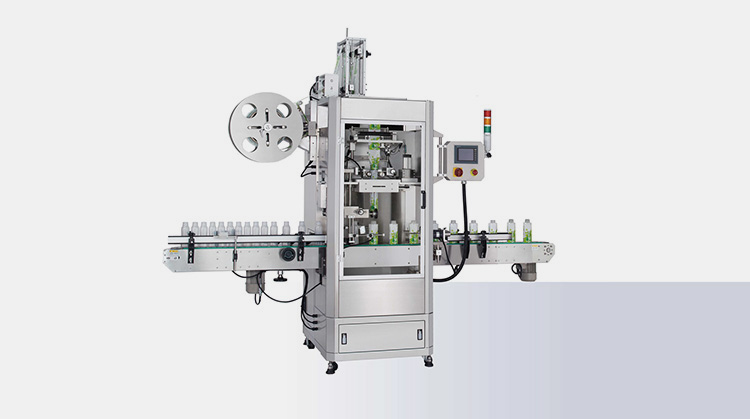
First and foremost is the type of machine. There are sleeve labeling machines designed for applying labels onto cylindrical objects such as bottles, cans and jars, while others are suited for flat surfaces such as boxes and cartons. It is important to determine what type of sleeve labeling machine will be the best fit for your particular needs.
Size Of The Sleeve Labels Used
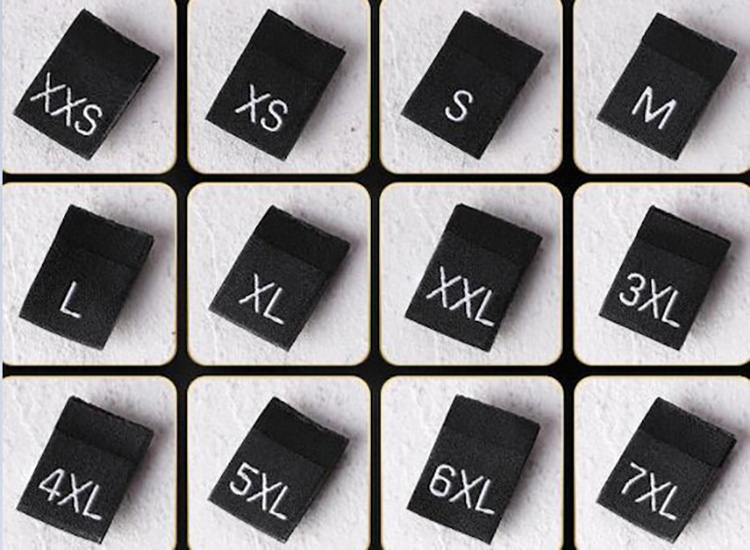
Another key factor is the size of the sleeve labels used. Not all machines are capable of handling labels of varying sizes, so it is important to determine beforehand which sleeve label sizes will be needed in order to select a machine with the appropriate sleeve label size capacity.
Material And Adhesiveness Of Sleeve Labels
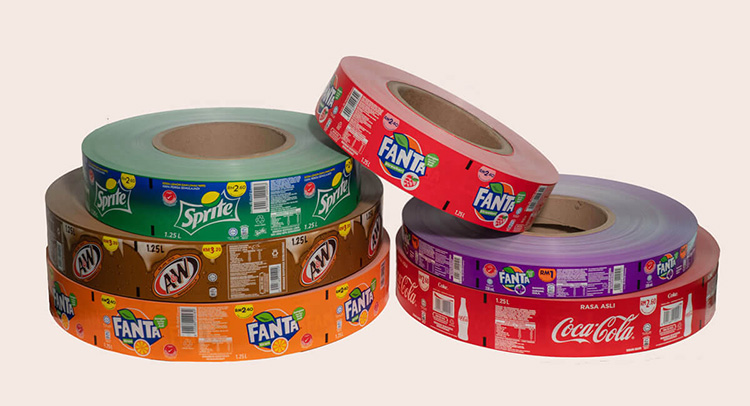
The material and adhesiveness of sleeve labels also play a role in determining the type of device that you should purchase. Different sleeve labeling machines are designed to handle different materials, from paper and plastic to specialized adhesive backings. So, it is important to understand which machine will best suit your specific application.
Speed And the Output Capacity
Finally, sleeve labeling machines vary in terms of speed and the output capacity necessary to complete a job quickly and efficiently. It is important to select the one that can handle the required output while still achieving desired results in terms of accuracy and quality control.
CONCLUSION
Ultimately, sleeve labeling machines have become increasingly popular for many businesses looking to streamline their packaging processes. Not only do they save time and money, but they also offer a wealth of options. From the most popular models on the market to customized options that meet your exact requirements. If you are in the market for a sleeve labeling machine contact Allpack. We specialize in providing top-of-the-line sleeve labeling machines at unbeatable prices. Reach out on Allpack today and let us help you take your business to the next level!
Don't forget to share this post!
CONTACT US
Tell us your raw material and project budget to get quotations within 24 hours.
WhatsApp Us: +86 181 7101 8586
The Buyer's Guide

